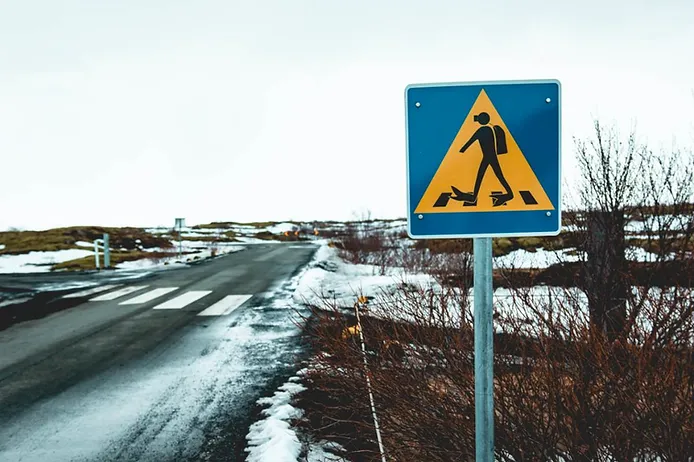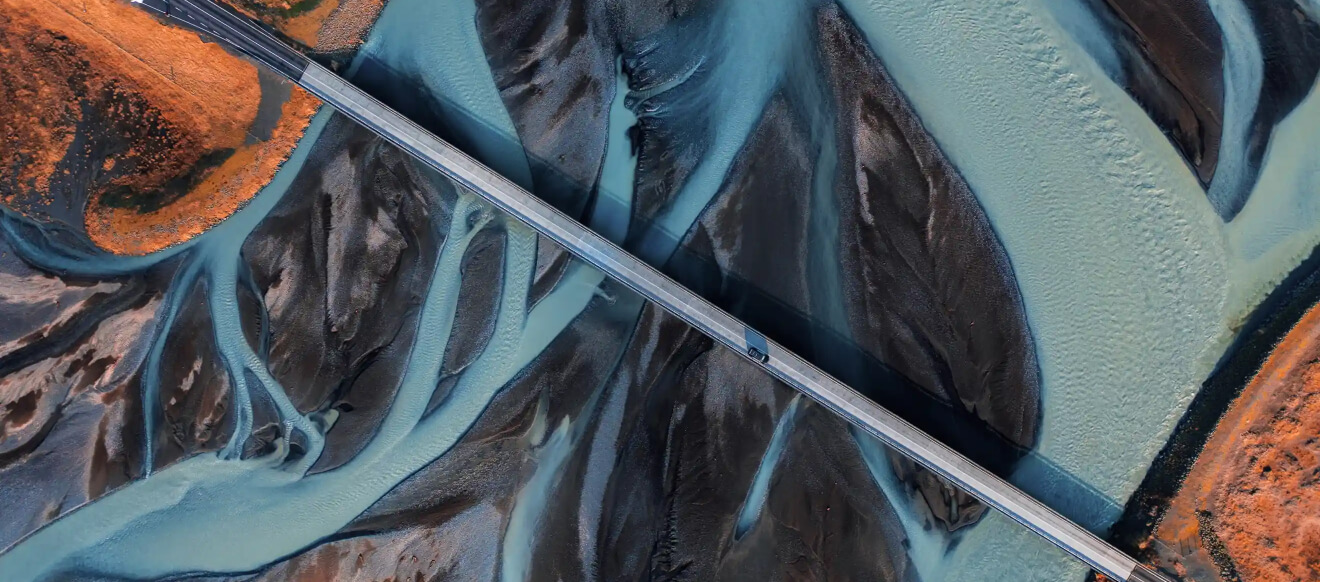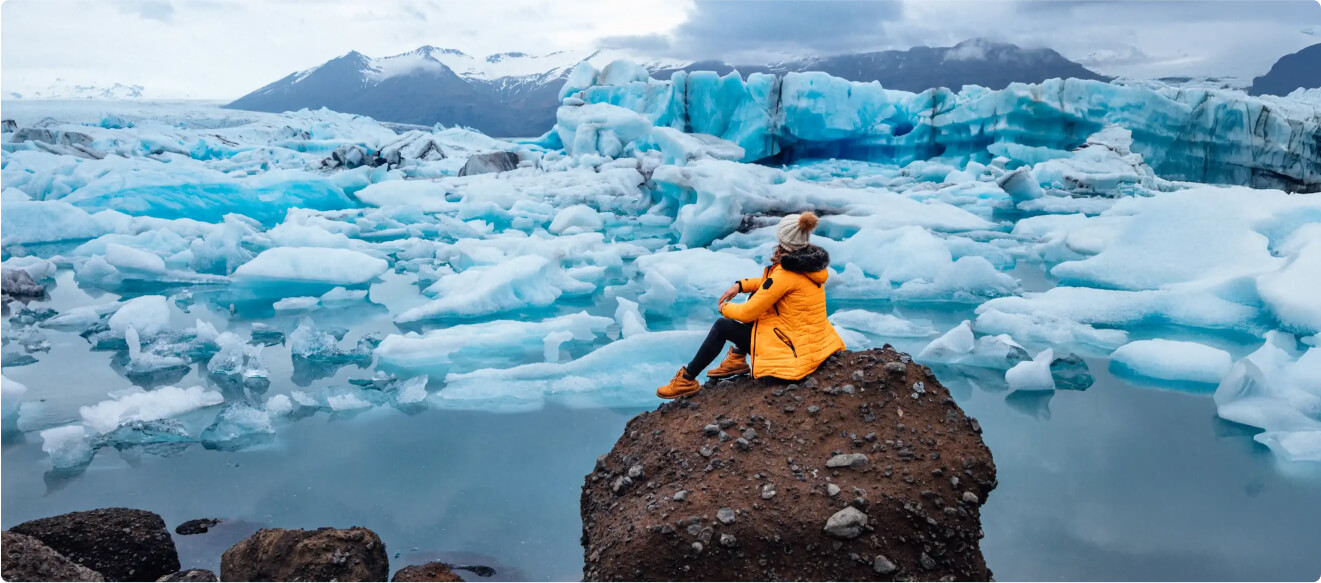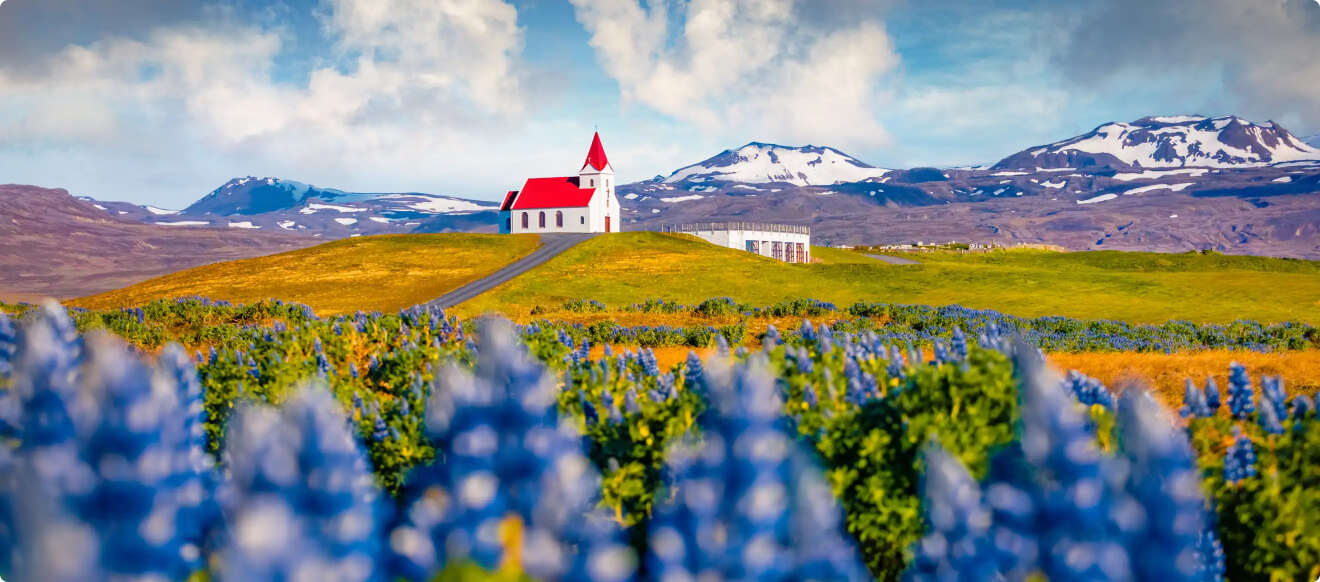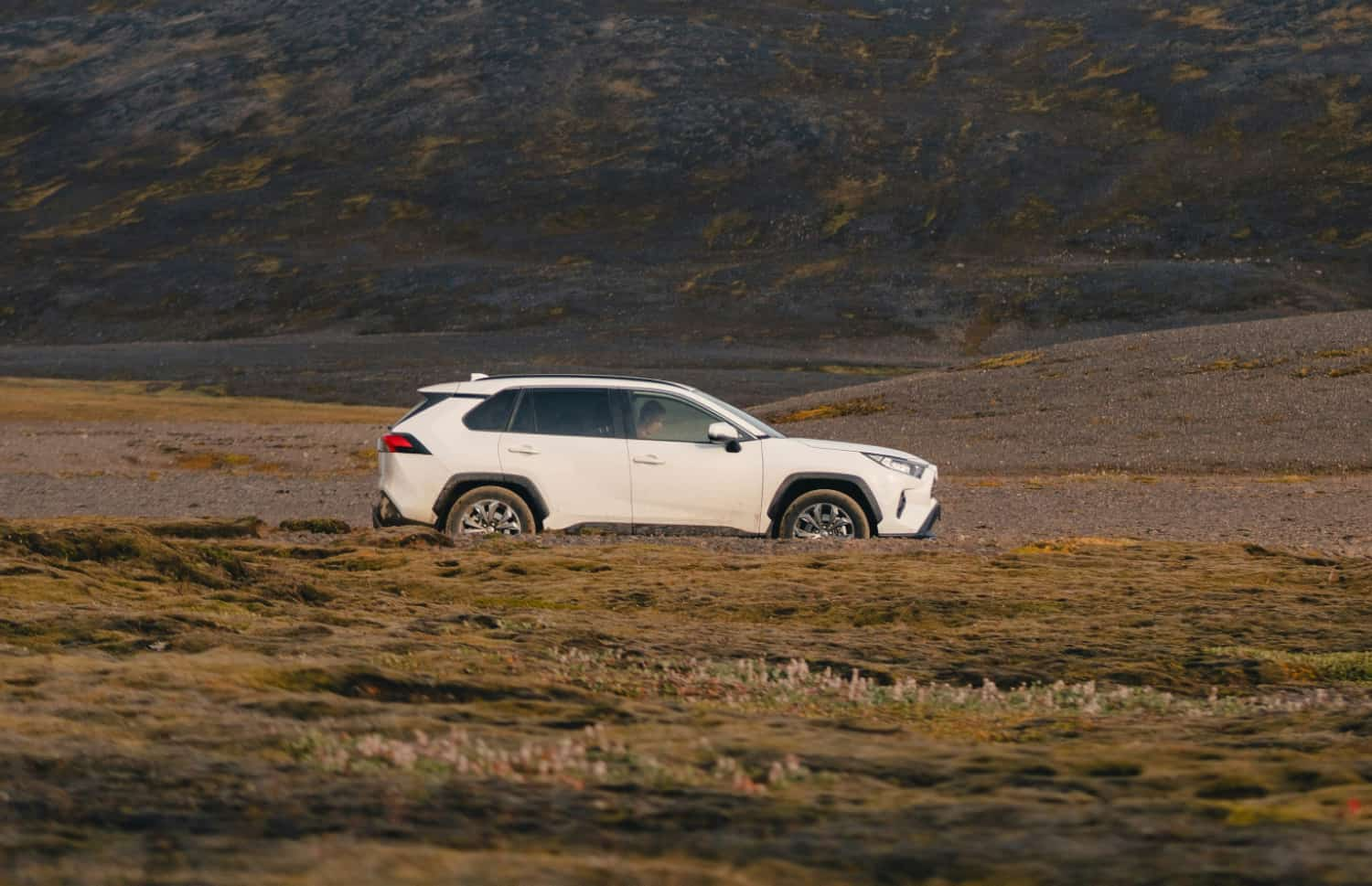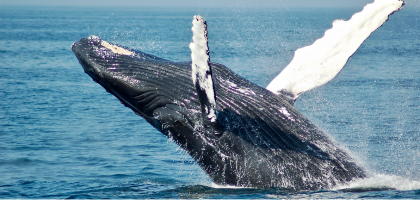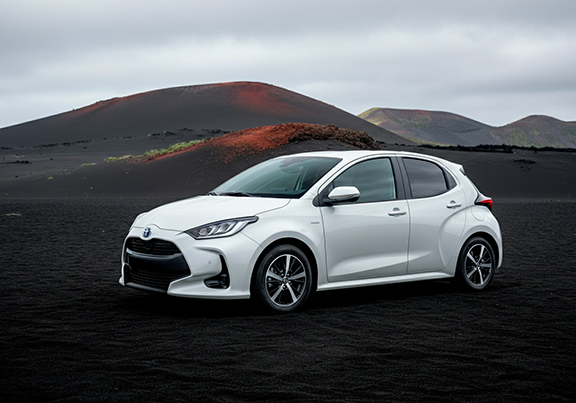Dive deep into scuba diving in Iceland. The geological marvel has everything from cracks in the continental plates, to underwater thermal vents, and even shipwrecks! The spots can be found all over Iceland, and you are sure to encounter cool marine flora and fauna wherever you go.
Diving is always an adventure, and Iceland is all about adventures! The Iceland scuba diving experience is a must for any scuba enthusiast. Here you can experience completely unique things and also have the pleasure of heating yourself up in the many hot springs after a cold dive. Check out what the Iceland scuba diving experience has to offer in this article.
Iceland Scuba Diving – Not Your Tropical Holiday
Jumping in warm, tropical waters and seeing exotic fish and vast coral systems might be the normal picture of how scuba diving is done. However, in Iceland, it may look very different. Scuba diving in Iceland is definitely one of the best things to do in Iceland, despite the chill vibes.
Even though Iceland is home to an incredibly large number of geothermal baths, these baths rarely offer interesting opportunities for diving experiences. You are more likely to have a typical Iceland scuba diving experience in 5-10 °C “warm” waters. And then, you can finish the day off in a warm and toasty natural spring, without the diving gear.
This is mostly since the springs don’t offer much when it comes to what to see when scuba diving in Iceland. You will just see freshwater weed, algae, kelp, or the occasional small fish or two.
To get the Iceland scuba diving experience, you will have to dive along the coastal line or in the fissures and cracks along the Mid-Atlantic Ridge. These sites will offer a chilly experience, but each one will definitely be worth it. On any diving tour, you will need to have the proper diving certificate and experience to be allowed to come with. Without that, you would be putting yourself and others in danger and not know what to do in case something happens.
The cost of scuba diving in Iceland will vary depending on who you go with and where you rent your equipment. It’s important to know that a dry suit will be your best bet for most scuba adventures, since a wetsuit doesn’t shield you from the cold the way a dry suit does.
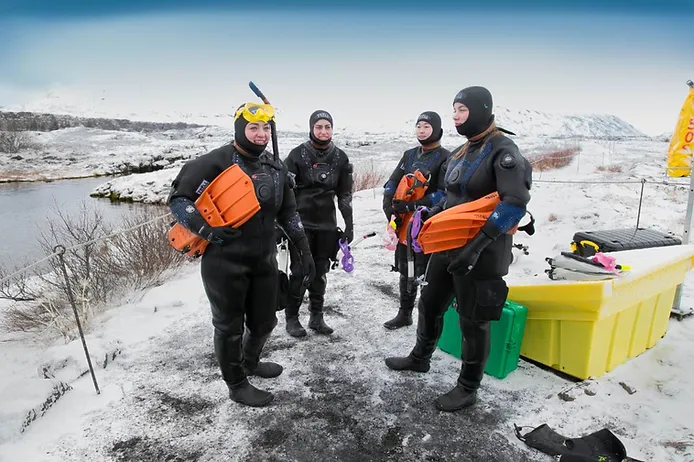
The Unique Experiences of Scuba Diving in Iceland
This island is the result, and it is built on top of a unique geological marvel. Experienced divers get to take full advantage of this when they go scuba diving in Iceland. Apart from diving in the rich North Atlantic Ocean, multiple freshwater pools in Iceland make for amazing diving spots. Most will be fed by glacier runoff, so expect a cool welcome when you dip your toes in the water.
One of the unique experiences is that you can go scuba diving in the continental divide in Iceland, in multiple spots. These continental plates are slowly drifting apart. In some places, such as Thingvellir NP, you will still be able to touch both the Eurasian and North American tectonic plates. These spots often have incredibly deep rifts with some currents, so never go alone and always bring a guide.
Another unique experience is diving into the incredibly deep fjords with the wonderful scenery around you. If you’re lucky, you might end up bobbing on the surface with the puffins and other ocean birds.
Hot and Cold
When it comes to Iceland scuba diving experiences, there is one special treatment that is hard to get anywhere else: hot springs. As we said earlier: Iceland has an abundance of hot springs. Nothing compares to getting into an almost 40°C,100% natural bath after a full day of diving in ice-cold waters.
Underwater Encounters: What to See When Scuba Diving in Iceland
Whenever you go scuba diving in Iceland, you are likely to encounter at least one of three things:
-
Interesting geological sculptures
-
Plenty of freshwater and/or saltwater plants
-
Big and small sea creatures
Geological encounters
Scuba diving between tectonic plates in Iceland isn’t the only geological marvel you will get to experience here. Since Iceland is basically a large network of magma chambers and potential volcanoes, you will find outstanding things. Among those, you will find “chimneys” on the ocean floor that spews out warm water and minerals, and a lake floor that is literally vibrating!
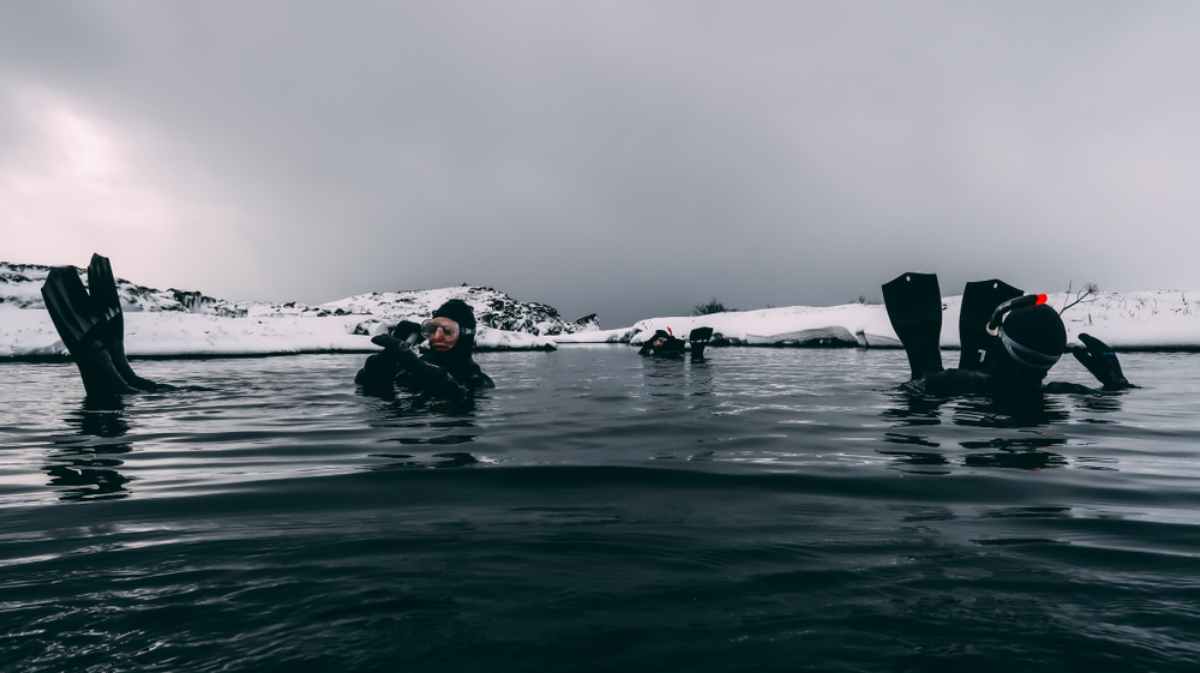
Marine Plant Life
You will encounter many species of algae and kelp in the Icelandic waters. If you go scuba diving in Iceland in July, you will be there at a point when there is an abundance of sunlight. That means that the marine plants are living their best life!
The famous Blue Lagoon is making many of its products from special types of algae that can only be found in Iceland, so make sure to ask your guide which plants are in your diving site.
All the Things that Move in the Water
Rocks are cool, and plant life is important, but animal life is the most entertaining to see. In the waters around Iceland, you might be able to see anything! From different kinds of crustaceans and common fish to sea stars, jellyfish, and even sharks and maybe whales! The waters around Iceland are incredibly rich in nutrients and marine life, so don’t let the cold water deter you from seeing some cool animals.
Where to Go Scuba Diving in Iceland
So now that you know what to expect on a scuba trip, let’s dive into the many possible spots you can enjoy:
Silfra
The Silfra fissure is by far the most popular diving spot in Iceland, and possibly the coldest one. Going to Iceland and scuba diving there is the ultimate opportunity to get in contact with all three diving encounters in a short time span. If you don’t have the necessary diving experience, you can always opt for a snorkelling tour in Silfra instead.
The Silfra fissure is one of the freshwater diving spots that have plenty of sightings in it, as well as a vast unexplored underwater cave system. This system changes with geological events, which is why it stays unexplored. The water is also crystal clear, so it makes for amazing views that are hard to find anywhere else in the world.
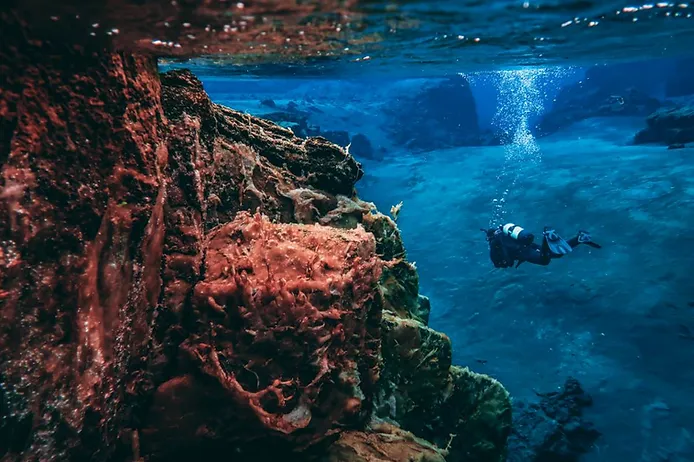
Strytan
On the north coast, you can get the Iceland scuba diving experience unlike anything else in your life. In the freezing cold North Atlantic Ocean, you can encounter a 55-meter-tall chimney made of hardened minerals. This “chimney” has been actively spitting out warm water and minerals for the last 11,000 years. When the minerals cool down in the ocean water, it hardens on the outside of the chimney, building the Strytan “chimneys” taller and taller.
There are several smaller chimneys in the area too, and all of them are full of marine life that takes advantage of the temperatures as well as the mineral boost. Schools of large Atlantic cod are not unusual to circle these chimneys, and you will see crustaceans run up and down these limestone pipes.
Kleifarvatn
This is where you will encounter the vibrating lake floor. Kleifarvatn is a lake in the Reykjanes Peninsula that sits right on top of the Mid-Atlantic Ridge. In the lake, there are a number of underwater hot springs that will release warm water and gasses. If you put your hand next to these springs, you will feel the lake floor trembling, which is an unreal experience.
An interesting feature of this lake is that the water levels rise and sink, even though it’s a lake and not the ocean. This is likely due to the cracks and underwater cave systems that push and pull the water in and out of the lake.
Gardur
Literally translating to “garden”, this Iceland scuba diving spot is located on the very tip of the Reykjanes Peninsula. This underwater garden has almost four dozen different species of algae, amazing kelp forests, and an abundance of marine life that lives in this incredibly nutrient-rich area.
At Gardur you will also see a patchy sand bottom with some coral growth and maybe even pay a visit to Tommy, the wolfish that lives in a hole in the pier. He’s not much of a talker, but will warm up your Iceland scuba diving experience from within.
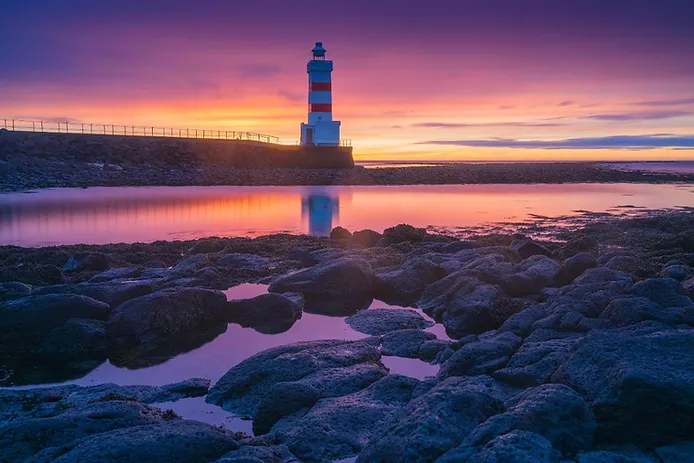
Bjarnagja
Bjarnagja is a small pool next to the coast and is a minute part of the continental rift between the tectonic plates. Thin and short as this rift may be, it goes as deep as 18 meters. It’s covered in algae and houses much marine life, so there will be plenty of things to see.
Davidsgja
This is the less popular sibling of Silfra and a hidden gem among the local divers. This is part of the same fissure with crystal clear waters, but with fewer people and more fish. The local trout might keep you company on parts of your dive, just to make sure you’re staying on the right track.
The dive is in Lake Thingvellir in Thingvellir National Park and is also not far from a fishing spot if you’re in the mood to go fishing.
Nesgja
If you’re not comfortable with fissures that go too deep, Nesgja is a good choice since it’s only 4 meters deep. It’s in the northern part of Iceland, not far away from Húsavik, so you might want to catch a whale tour or two whilst you’re there.
In this fissure, you’ll be accompanied by some freshwater char. Even though these fish look like they’re constantly angry, they won’t bother you at all on your Iceland scuba dive.
Litlaá
Iceland scuba diving doesn’t always have to be a cold experience. Litlaá is a thermal river that keeps a toasty 17°C due to the geothermal activity underneath it. It’s a very shallow river, so snorkeling is enough, but no one is stopping you from putting on the diving gear.
This is also one of the few spots where you can actually sport a nice wetsuit instead of a dry suit. Just make sure to do that in the summer, though, so you don’t catch a cold when the winds cool you down after the dip.
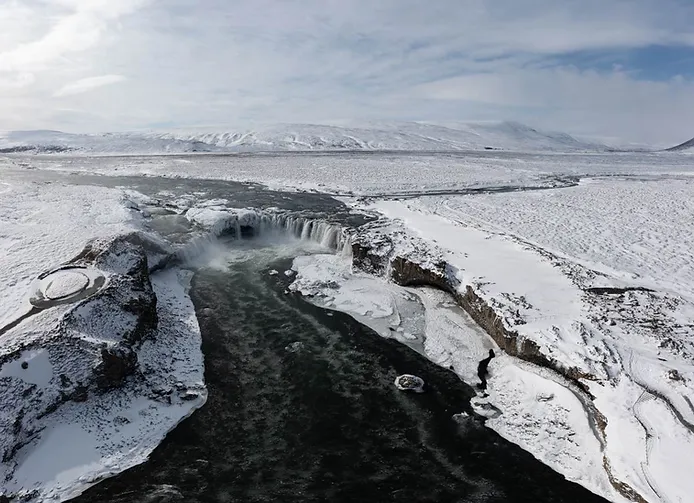
El Grillo
A blast from the past (literally) can be found at the bottom of the ocean floor in Seydisfjordur. 7,000 tons of British oil tanker lies here after being sunk by its captain in the second world war when German aircraft tried to blow it up.
Instead of giving them the satisfaction, the captain decided to sink the ship and get his men safely to shore and make sure that other, nearby ships didn’t become targets. Not a life was lost, so this isn’t that type of tragic visit.
Westfjords
Often referred to as the last real wilderness of Europe, the Westfjords have multiple great diving spots. If you go to the right place, you might even have the chance to dive with the Puffins!
Iceland Scuba Diving Season
Technically, you can always find at least one place to go scuba diving in Iceland, any day of the year. We suggest keeping away from the ocean when the sea is rough and keeping to the thermal areas if you want to have an Iceland winter scuba diving experience.
Tour guides will know exactly where to go and when to go there, so make sure to link up with organizations like Dive.is, Arctic Adventures, or Freedive. When you have decided what to do and where to go, just gab your rental car in Iceland and get going!









